Research Research Highlights
Research Highlights
Research Highlights
Research Highlights
Research Highlights 미리보기

Professor Hyobin Yoo’s Research Team at SNU Develops 2D Quantum Material Platform Using Moiré Lattice Superposition
Prof. Hyobin Yoo
Seoul National University College of Engineering has announced that a joint research team led by Professor Hyobin Yoo from the Department of Materials Science and Engineering, in collaboration with Professor Young-Woo Son (Korea Institute for Advanced Study) and Professor Changwon Park (Ewha Womans University), has successfully developed a two-dimensional (2D) quantum material platform through the superposition of moiré lattices.
Research Highlights Board
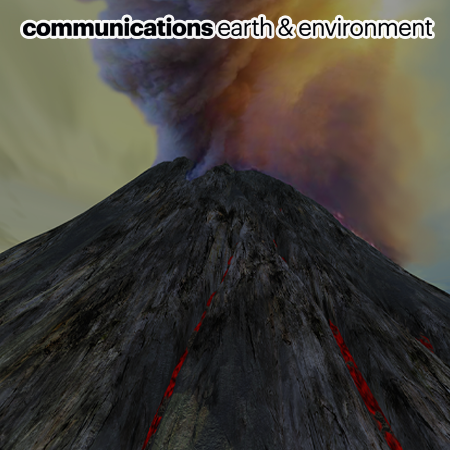
Phasing and climate forcing potential of the Millennium Eruption of Mt. Baekdu
Prof. Jinho Ahn
The Millennium Eruption of Mt. Baekdu, one of the most powerful volcanic eruptions in the past 2000 years, occurred in late 946 A.D. Recently, volcanic ash rocks of different magma compositions have been found in the Mt. Baekdu area, suggesting that the eruption occurred in two eruptions, but the exact time between them has been difficult to determine.
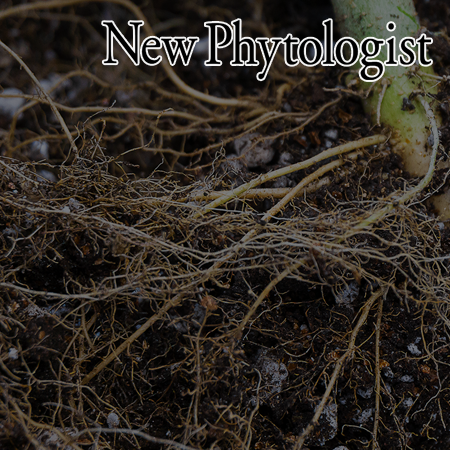
Evolution of the root epidermal patterning
Prof. Hyung-Taeg Cho
Professor Hyung-Taeg Cho’s research team from the School of Biological Sciences at SNU has discovered a novel reverse Type III radial pattern of root hair distribution and, along with genomic analyses, proposed an evolutionary context for root hair patterns in eudicots.

Partitioning the drivers of Antarctic glaciers mass balance (2003-2020) using satellite observations and a regional climate model
Prof. Ki-Weon Seo
Professor Ki-Weon Seo’s research team from the Department of Earth Science Education at SNU, the Korea Polar Research Institute (KOPRI), and Utrecht University has uncovered the causes of ice mass variations in Antarctica from 2003 to 2020 using satellite observations and climate models.
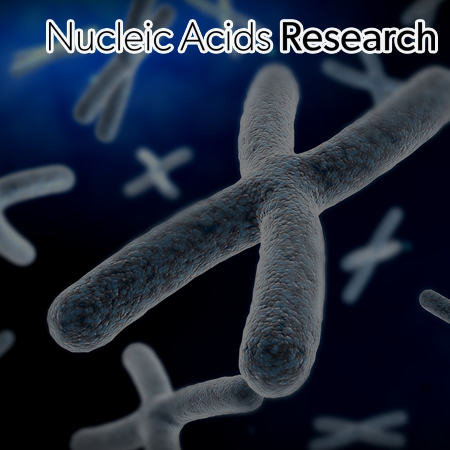
A long term journey for understanding the evolutionarily conserved mechanisms of telomere and genome stability
Prof. Junho Lee
Professor Junho Lee and his research team at Department of Biolgical sciences have established the first genome map of Alternative Lengthening of Telomeres (ALT). The ALT phenomenon represents an alternative mechanism for maintaining the chromosome end structure known as telomeres, which has been evolutionarily conserved from yeast to humans and exhibits great diversity and complexity.
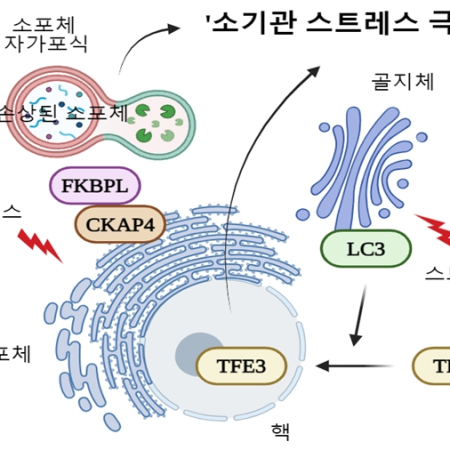
Novel protective mechanisms in the organelle stress responses
Prof. Yong-Keun Jung
Professor Jung’s research team from the Department of Biological Sciences at Seoul National University has demonstrated novel quality control mechanisms of endoplasmic reticulum and Golgi apparatus under stress.

SNU Department of Electrical and Computer Engineering's Optical Engineering and Quantum Electronics Laboratory Identifies Key Visual Perceptual Factors Enhancing 3D Display Realism
Prof. Yoonchan Jeong
College of Engineering announced that the research team from the Optical Engineering and Quantum Electronics Laboratory of the Department of Electrical and Computer Engineering, in collaboration with Stanford University’s Computational Imaging Lab, has identified key visual perceptual factors that enhance the viewing experience of 3D displays.
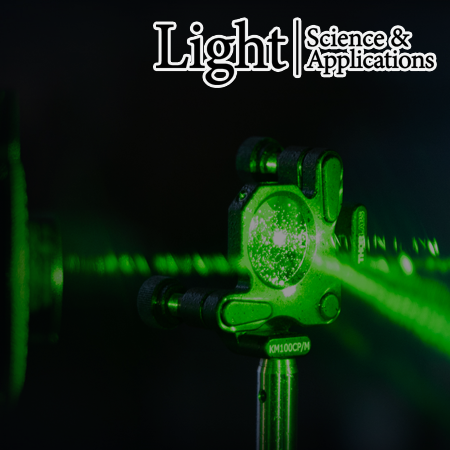
Professors Sunkyu Yu and Namkyoo Park’s team at Seoul National University realized a platform for long-distance signal transport of high capacity optical information
Prof. Sunkyu Yu and Namkyoo Park
The College of Engineering at Seoul National University has announced that the research team led by Professors Sunkyu Yu and Namkyoo Park of the Department of Electrical and Computer Engineering has successfully realized a noise-resistant broadband signal processing platform by introducing topological design techniques to photonic integrated circuits.
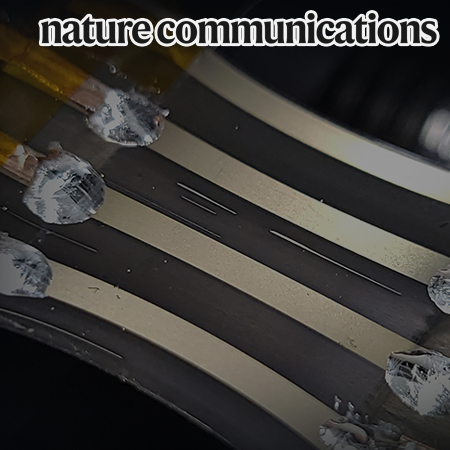
Professor Yongtaek Hong’s Research Team at Seoul National University Develops ‘Selective Metal Films Deposition Technique’ Enabling Fabrication of Soft Electronics with Various Form Factors
Prof. Yongtaek Hong
Seoul National University’s College of Engineering announced that a research team led by Prof. Yongtaek Hong from the Department of Electrical and Computer Engineering, in collaboration with Prof. Byeongmoon Lee from the Department of Electrical Engineering and Computer Science at the Daegu Gyeongbuk Institute of Science and Technology (DGIST),
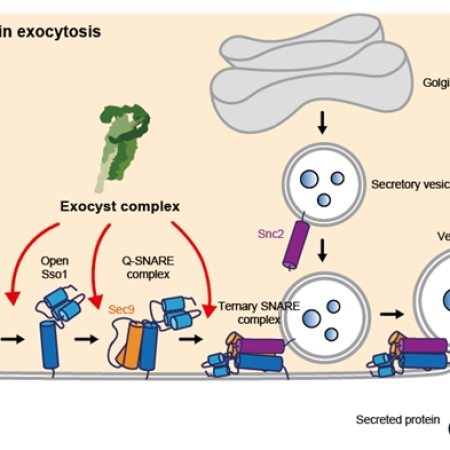
Exocyst stimulates multiple steps of exocytic SNARE complex assembly and vesicle fusion
Prof. Tae-Young Yoon
Exocytosis of secretory vesicles is required for cellular growth, division, and cell-cell communication. Lee et al., reveal that the exocyst tethering complex has stimulatory roles in exocytic SNARE complex assembly and SNARE-mediated vesicle fusion.
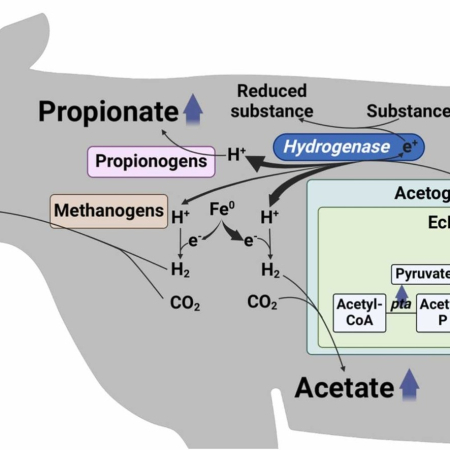
Metabolic-methane mitigation by combination of probiotic Escherichia coli strain Nissle 1917 and biochar in rumen fluid in vitro fermentation of dairy cow
Prof. Younghoon Kim
SNU CALS team led by Prof Younghoon Kim demonstrated that combining the probiotic Escherichia coli strain Nissle 1917 with biochar can reduce methane production when applied to rumen fluid and provided insights into the underlying mechanism.
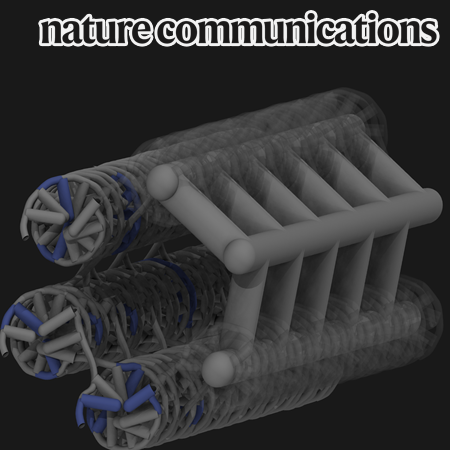
Development of Technology to Predict the Deformation of DNA Origami Structures Induced by DNA-Binding Molecules
Prof. Do-Nyun Kim
Recently, research using DNA origami technology to create nanostructures for advanced bio-convergence fields has been actively conducted. Especially, the technology to utilize environmental changes within the body to modify the shape of structures to perform necessary functions is gaining attention.
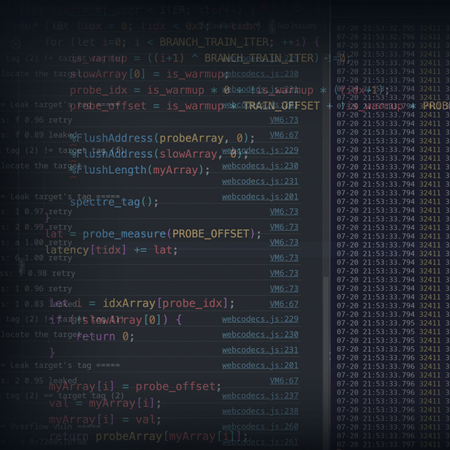
Professor Byoungyoung Lee's Team at Seoul National University Discovers Security Vulnerability in ARM CPUs Used in Android Smartphones Such as Google Pixel Phones, Increasing Hacking Risks
Prof. Byoungyoung Lee
The College of Engineering at Seoul National University has announced that a research team led by Professor Byoungyoung Lee from the Department of Electrical and Computer Engineering has discovered a security vulnerability in the Memory Tagging Extensions (MTE) feature embedded in CPUs designed by the British semiconductor design company ARM.

